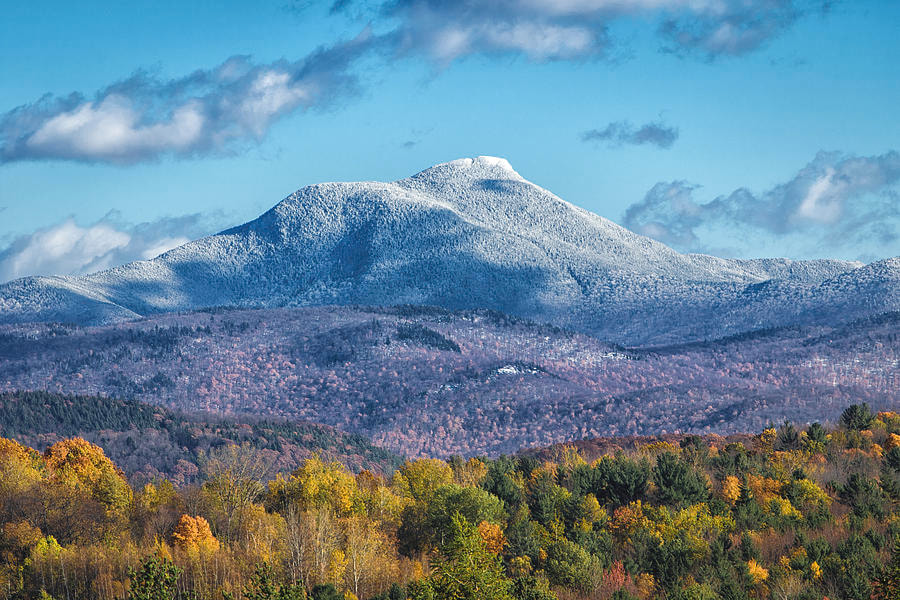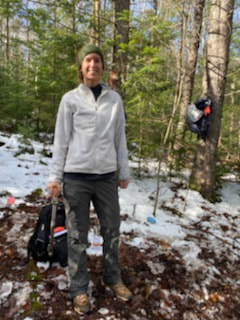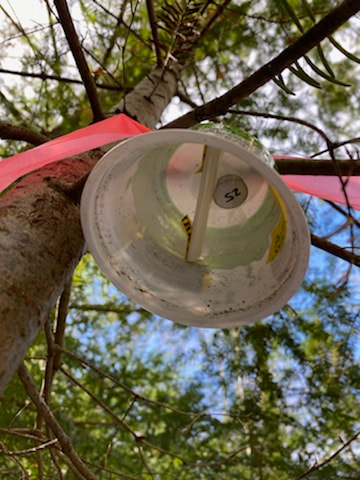How will changing winter climate dynamics affect carbon storage across complex forest landscapes?
|
As climate changes, winters with less snowfall are becoming more common in New England forests. Without a persistent layer of snowcover, which acts as an insulating blanket over soils, soils are experiencing more frequent freeze-thaw cycles. This could impair the soil's ability to store carbon by disrupting soil structure, damaging plant roots, and killing microbes, as well as impacting several other critical ecosystem functions.
I am exploring how changing wintertime climate in New England forests influences carbon cycling. Using a microcosm experiment, I showed that soil microbial communities may simultaneously exhibit vulnerabilities and resilience to freeze-thaw cycles, but to different degrees based on legacies of the past conditions they have experienced. The microbial community from a spruce-fir forest with historically colder soils was more tolerant of freeze-thaw cycles compared to the community from a spruce-fir forest with warmer soils. These results suggest that microbial communities habituated to warmer winter soil temperatures, such as in locations that have historically had persistent winter snowpack, may be most vulnerable to rapid shifts in freeze-thaw regimes as winters change. Because microbes are responsible for many important functions in temperate forest ecosystems, the degree to which their activities are altered could impact forest health, water quality, greenhouse gas emissions, plant nutrient uptake, carbon stocks, and more. Additionally, understanding the ability of microbes to adjust to changing winter dynamics is crucial for projecting the carbon storage potential of New England forests. See Pastore et al., 2023 Functional Ecology Also check out this Functional Ecologists blogpost I wrote! I am also working to identify "microrefugia" in montane forests that will enable species persistence and facilitate species range shifts as climate changes. In particular, I am interested in whether valleys and other low-lying areas that experience frequent "cold-air pooling" will preserve the tree species most vulnerable to climate change and the ecosystem functions they support, like soil carbon storage. Read more here! |
Freeze-thaw lab experiment
|



